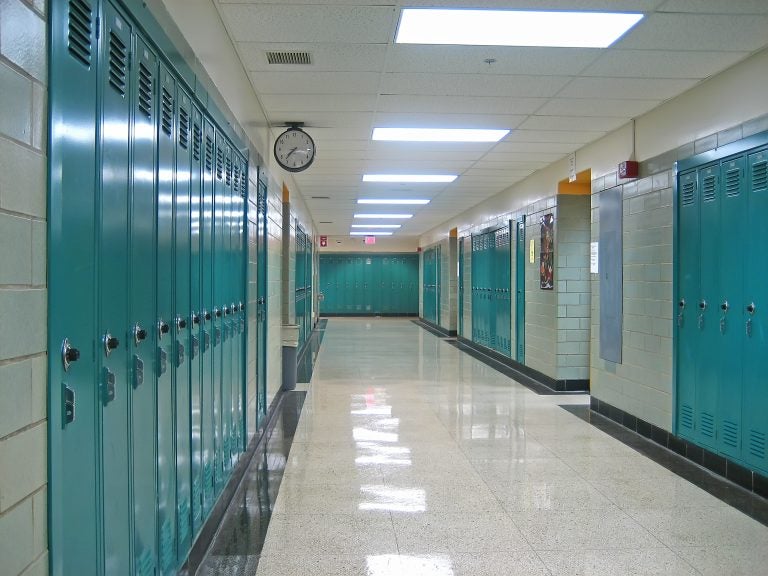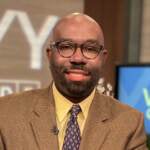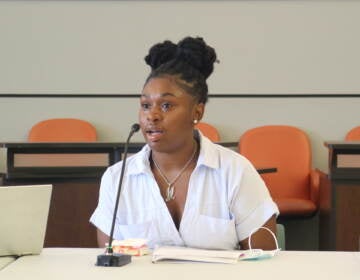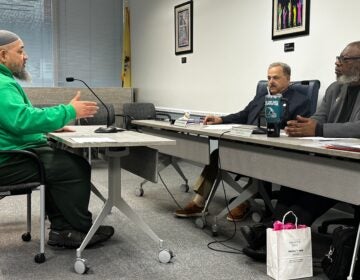‘A disturbing equation’: Report shows decline in access to mental health staff for Black students in New Jersey
Over the past decade, access to mental health staff for Black students decreased, while white students’ access increased.

(bobelias/BigStock)
If you’re a Black student in the Garden State, you will likely not have the same access to mental health resources as your white counterparts. In fact, their access has increased over the past decade, while yours has declined.
That is the conclusion of a report from New Jersey Policy Perspective. Looking at the period from 2008 to 2020, it found that the ratio of mental health staff for Black students declined from 10.3 per 1,000 students to 8.5. The ratio for white students increased from 7.4 to 8.8 per 1,000 students.
There were also steep declines among school counselors for Black students, from 4 counselors per 1,000 students in 2008 to 2.6 per 1,000 students by 2020. That’s below the state average, below their white peers, and well below the recommended ratio from the American School Counselor Association of 4 per 1,000 students.
“There are significant differences in the trends for access to mental health supports between students of color and white students over the last decade and a half or so,” said Dr. Mark Weber, NJPP’s special analyst for education policy and the report’s author. He adds that there has also been a decrease in mental health access for Latino students. “It’s these trends that we really highlight and that I frankly find very troubling.”
The report findings are not a surprise to Dr. Stephanie Silvera, a public health professor at Montclair State University who studies health disparities.
“We know that Black and brown communities, particularly school communities, tend to be under-resourced in a lot of different ways,” she said. “What we’re looking at is really a time where the need for mental health resources in these communities has increased dramatically, but the help has decreased dramatically … it’s a disturbing equation, if you think about it.”
Weber said that the trends are “clearly” related to funding, adding that it is incumbent on the state to take another look at the school funding formula and ask themselves if it is set up to give schools the resources needed to ensure students are successful.
“When a district doesn’t have adequate funding, it is unable to provide the supports, not just mental health supports, but all kinds of staff that are necessary for instruction and for student support,” he said, pointing to past NJPP reports that focused on school funding disparities between Black and white students. “This is yet another manifestation of those differences.”
Silvera said that the issue of who has access to mental health is a microcosm of a bigger issue that remains before a judge, the de facto segregation of schools across the state.
“What we are seeing … is differential access to resources that are patterned racially,” she said. “That’s not accidental. It is based on a long history of residential segregation. And we live in a country where our educational experience is tied to our residents.”
An exacerbated problem
People of color have long been disproportionately affected by the pandemic.
The Centers for Disease Control and Prevention reported that Black and Hispanic people were twice as likely to die from COVID-19 and twice as likely to be hospitalized with the virus as white people. They were also more likely to either have lost work or hold risky, low-paying employment. Those disparities have also intensified mental health challenges for the Black community.
“Black and brown children were somewhere between two and three times more likely to have lost a parent just in the past two years,” Silvera added. “We know that those parents tended on average to be younger than everybody else who was dying from [COVID].”
That is on top of stressors that have been around prior to the pandemic, like poverty.
“When we look at the trauma of economic instability, you cannot tease that apart from the mental trauma that already existed or from the reality of why those communities were more impacted by COVID in terms of the amount of deaths that these children experienced within their own families,” Silvera said.
Weber said no learning will take place unless students feel safe.
“They have to feel safe in schools, they have to feel safe in their communities,” he said. “If they don’t, there are consequences to that … among those are mental health issues.”
There is also a concern about mental health resources being traded out in favor of discipline. Studies have shown that students of color are disproportionately disciplined in schools. Weber says that trade-off is bad for both kids and educational outcomes.
“We need to think about not so much the punitive consequences of students not feeling safe and secure and welcome in their schools,” he said. “Instead start thinking about what do they need to be able to thrive.”
WHYY is your source for fact-based, in-depth journalism and information. As a nonprofit organization, we rely on financial support from readers like you. Please give today.






